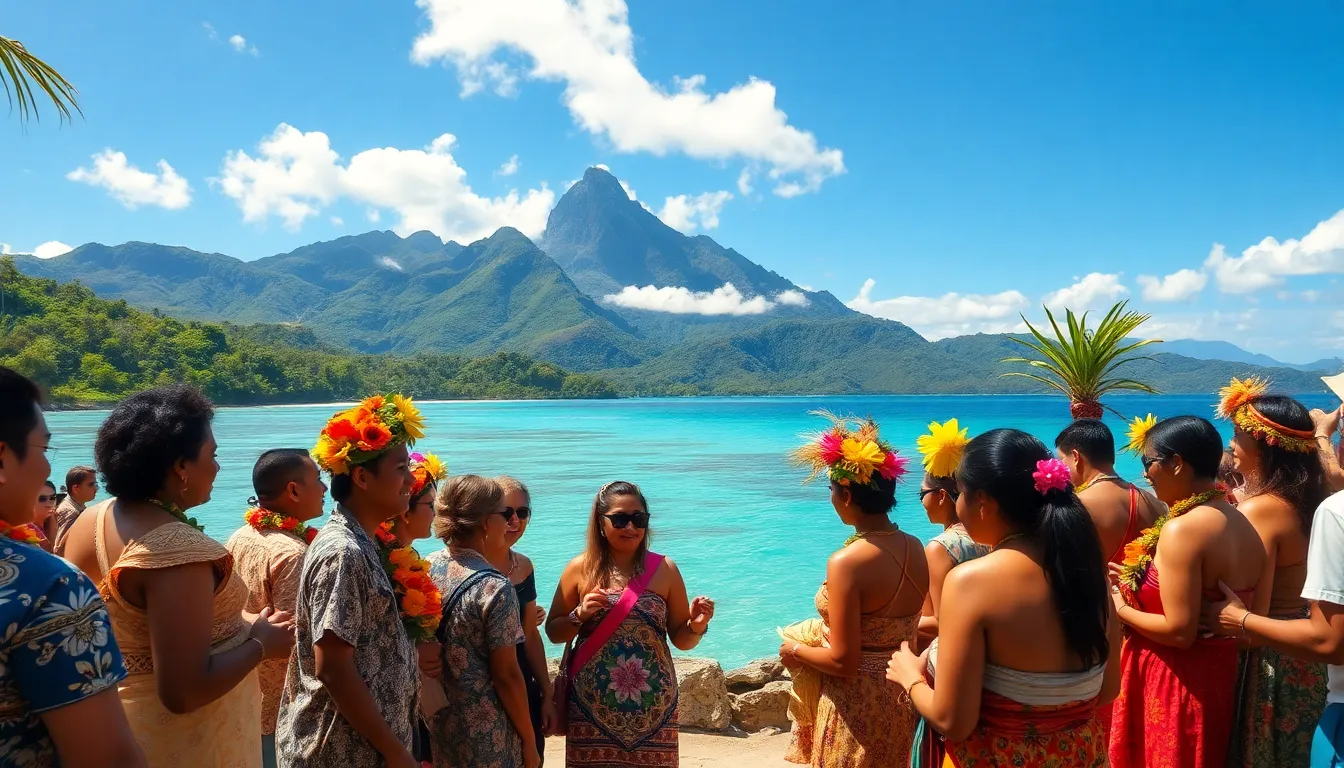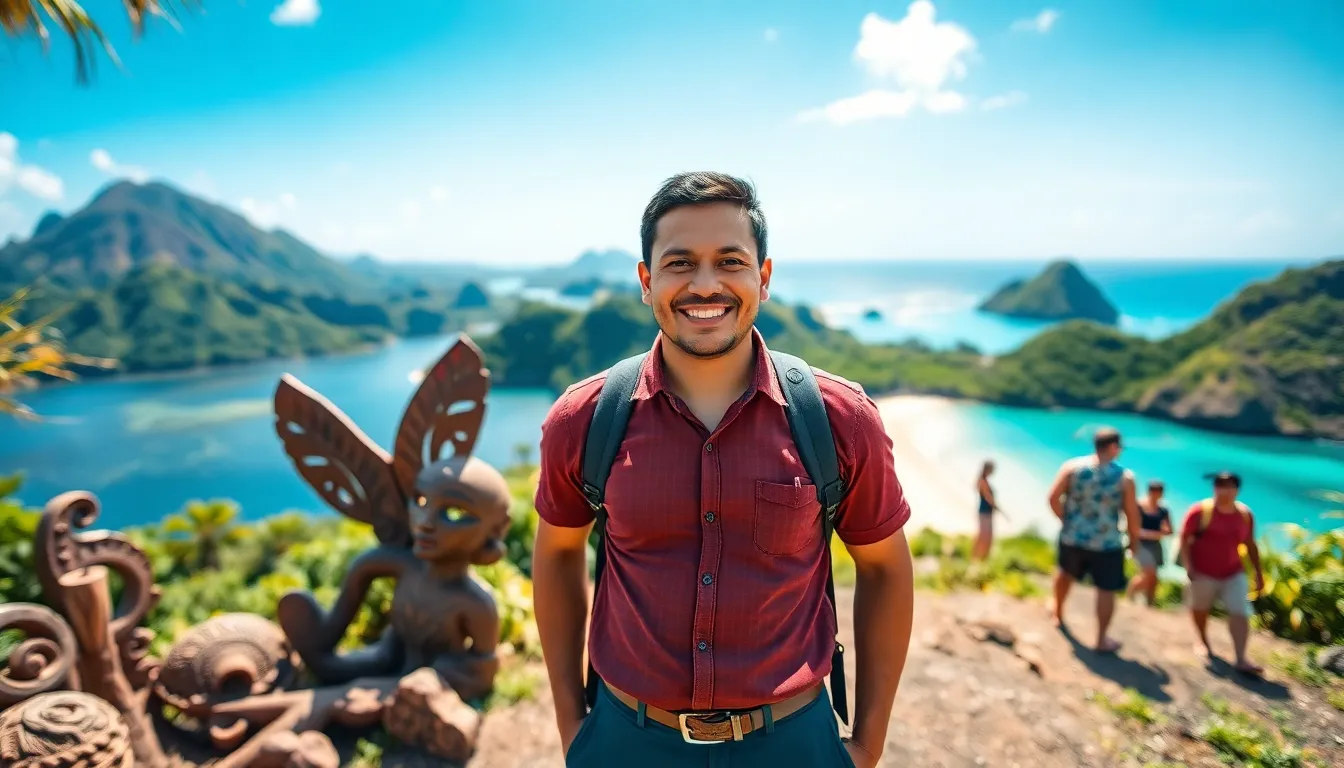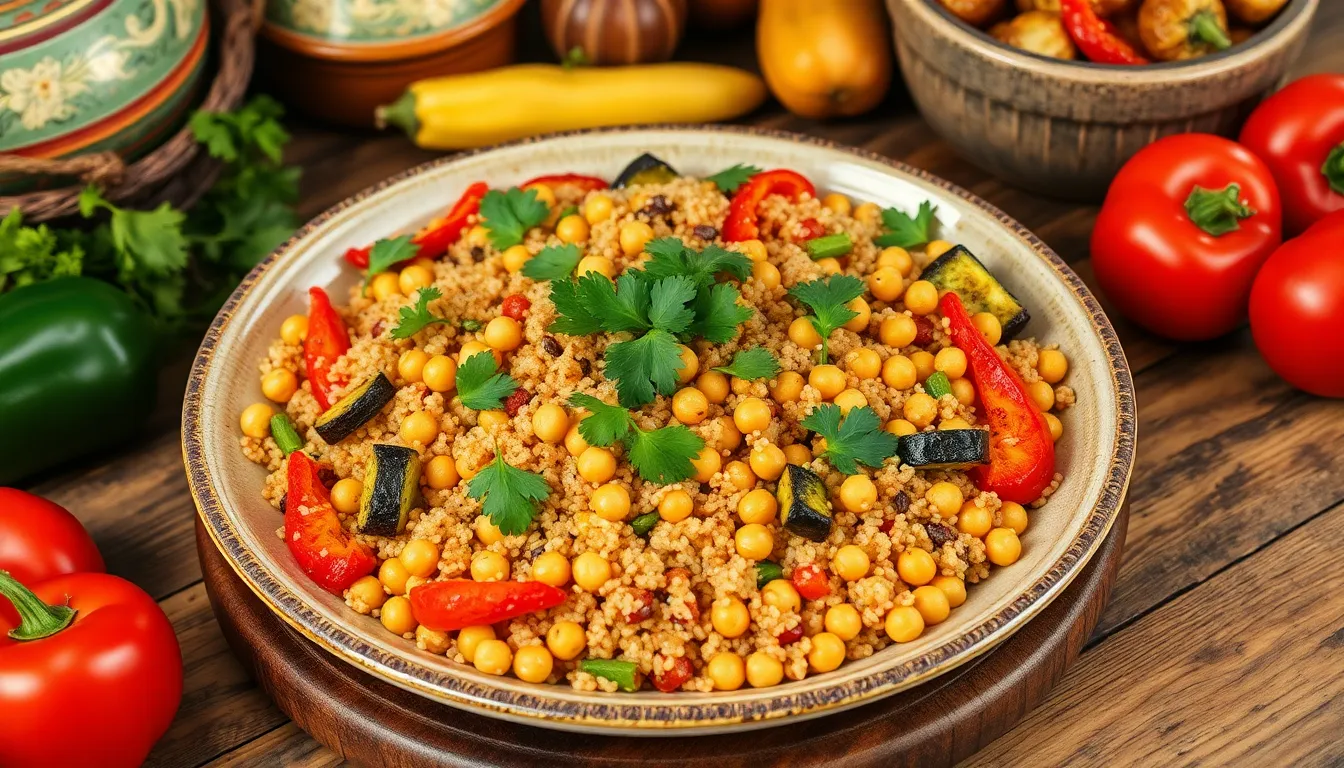Welcome to the intriguing world of Venawato, where lush landscapes meet vibrant cultures. If you’ve ever wondered what goes on in this enchanting locale, you’re in for a treat. Imagine a place that combines stunning natural beauty with rich heritage and evolving economies. Buckle up, because this article is about to take you on a delightful journey through everything that makes Venawato a must-know destination. From its captivating history to its modern challenges, we’re diving in headfirst.
Table of Contents
ToggleWhat Is Venawato?

Venawato is an island nation located in the South Pacific, part of the larger archipelago of Vanuatu. Known for its stunning scenery, this tropical paradise boasts a mix of volcanic activity, coral reefs, and lush forests. Residents primarily speak Bislama, a creole language, but English and French are also prevalent due to colonial influences.
The charm of Venawato lies not only in its geography but also in the warmth of its people. The islands are home to a diverse range of cultures, reflected in the many festivals and traditions that take place throughout the year. If you’re looking for adventure, Venawato offers exhilarating experiences from hiking volcanic mountains to diving in crystal-clear waters, making it an unforgettable destination.
The History of Venawato
The history of Venawato is a tapestry woven from the threads of indigenous culture, colonialism, and resilience. The islands were first inhabited by Melanesian peoples thousands of years ago, who established rich traditions and social structures. Over the centuries, explorers and traders from various regions, including Europe and Asia, visited the islands, leading to significant cultural exchanges.
In the 19th century, Vanuatu, then known as the New Hebrides, fell under colonial rule split between Britain and France. This unique colonial arrangement resulted in a blend of Anglophone and Francophone cultures that still persists today. The quest for independence was a crucial moment in Venawato’s history, culminating in freedom achieved in 1980. Through struggles with their colonial past, the people have forged a national identity that celebrates both tradition and modernity.
Cultural Significance of Venawato
The cultural significance of Venawato extends far beyond its breathtaking landscapes. Traditional practices such as dancing, singing, and storytelling play an essential role in daily life. The islanders are known for their vibrant festivals, which showcase traditional dress, music, and cuisine. Events like the Naghol ritual, or land diving, attract tourists from around the globe seeking to witness this thrilling expression of cultural heritage.
Also, the local art scene flourishes, with craft-making skills passed down through generations. These artifacts, including intricate wood carvings and vibrant textiles, represent more than just artistic expression: they embody the islanders’ connection to their ancestors and the natural world. Engaging with their culture can leave visitors with a deeper understanding of what it means to be part of this vibrant community.
The Ecology and Environment of Venawato
The ecology of Venawato is as diverse as its culture, housing a range of ecosystems from coral reefs to lush rainforests. Its extensive marine life includes colorful fish, turtles, and unique coral formations, making it a paradise for scuba divers and snorkelers. Conservation efforts are increasingly vital here, with beachfront resort developers and environmentalists collaborating to preserve these natural treasures.
Terrestrial habitats are equally important. The islands are home to rich biodiversity, including endemic species of plants and animals. But, climate change poses a threat to this delicate balance. Rising sea levels and changing weather patterns impact local agriculture and fish populations, making sustainable practices crucial for future survival.
Economy and Development in Venawato
Economically, Venawato thrives on agriculture, tourism, and fishing. Agriculture primarily consists of subsistence farming, where communities grow crops like taro, yam, and coconut for local consumption as well as export. But, the tourism sector remains the most promising, drawing travelers eager for adventure and cultural experiences.
Development projects, especially those focused on sustainable tourism and eco-friendly practices, are gaining traction. The government actively seeks to balance economic growth with environmental stewardship, investing in infrastructure while promoting the preservation of cultural and natural resources. This approach not only boosts the local economy but also ensures future generations can cherish Venawato’s unique identity.
Challenges and Future Prospects for Venawato
Even though its beauty and potential, Venawato faces several challenges. Climate change looms large, threatening both the environment and the livelihood of its people. Natural disasters, including cyclones and earthquakes, have historically caused devastation, leading to a pressing need for disaster resilience strategies.
Economic dependency on tourism can also pose risks. Fluctuations in global markets can lead to instability, necessitating diversification into other sectors. But, innovation is on the horizon, with the increasing potential for technology and renewable energy initiatives to redefine the economy. Looking forward, community-driven efforts combined with governmental support could pave the way for a sustainable and prosperous future.








